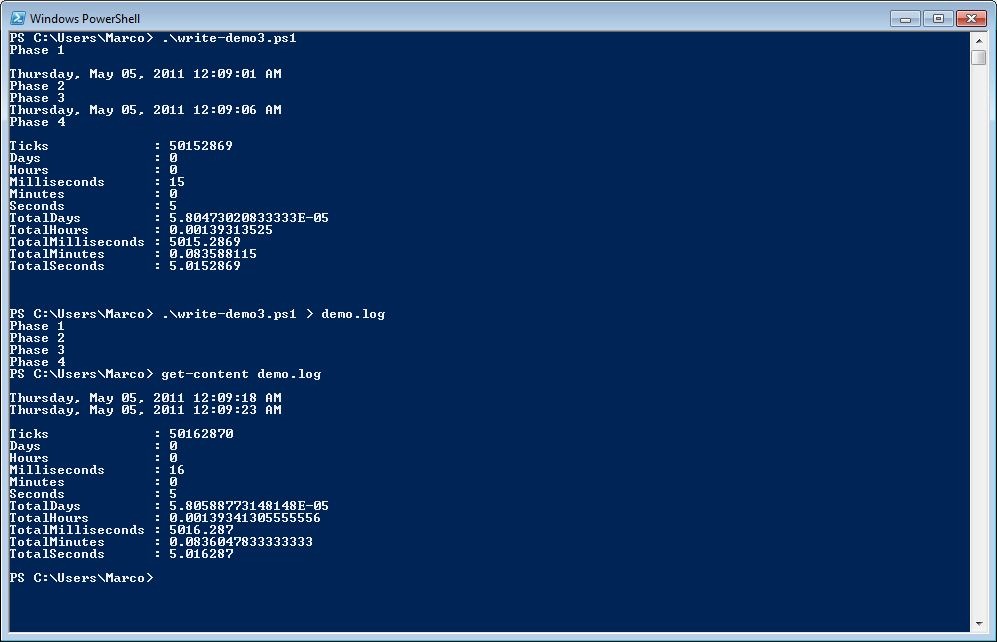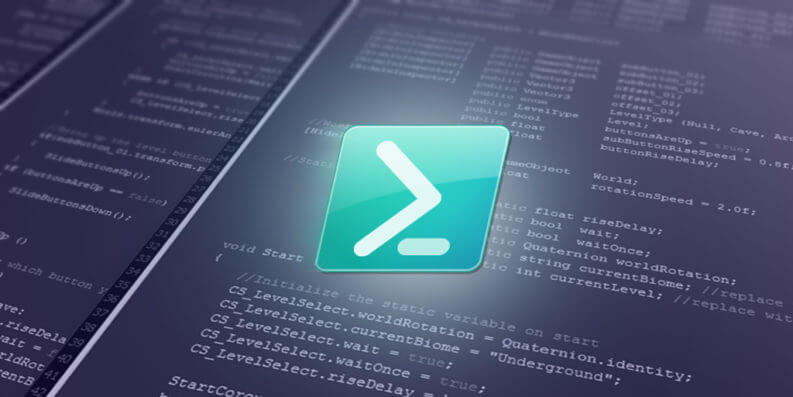
Letters are letters, and numbers are numbers. If it takes 5 seconds to load, I'd tell it to wait 10 seconds before sending the next command). if it processes your ENTER key instantaneously, I'd have it wait 3 or 5 seconds before it sends the next command. Walk through the uninstallation yourself manually, using all keystrokes, and for any keystroke you send, pay attention to how long it takes before the next part of uninstallation is loaded, and wait longer than that with your script (e.g. (If you don't want it $wshell.SendKeys('~') would send the ENTER key and immediately move to the next command.) The wait function is optional, but for your purposes, you're definitely going to want it.

Assuming the first screen is "Next" you can send your first command by telling PowerShell to send the ENTER key and wait 5 seconds: $wshell.SendKeys( '~',5) The position in the single-quote is the keystroke to send, after the comma is how long you want it to wait before proceeding. The syntax here is this: whatever is in the () is what will be sent. Now start telling it what keys you want to send. I chose 5, but if your machine isn't stressed, 2 is probably enough: Start -Sleep 5 Give it a few seconds to bring that window forward. Start the COM: $wshell = New- Object -ComObject wscript.shell īring the uninstallation program with this process ID to the front so we can send it keystrokes: $wshell.AppActivate( $a.id) Let's say your process is called, "Uninstall" and the process is ALREADY RUNNING: $a = Get-Process | ? So, first, get your process ID by setting a variable that contains an array, the data for which is defined by the name of your process. you can't just tell it to click "Next" in an executable because it can't see it.



PowerShell isn't going to interact with the prompts.


 0 kommentar(er)
0 kommentar(er)
